Football is no longer just group of people playing to kick a goal, but vastly advanced with the help of technology. Owing to lots of pressure because of people’s expectation, World Cup Football has improvised over the years technologically to deliver precision in the game and currently in the hi-tech mode, that it had never witnessed before.
FIFA has been constantly introducing new technology like video assisted referring (VAR), goal-line observation tech into the game to assist referees for a noble game. The latest feat of that pertains within the ball itself.
The techy balls currently being used in the 2022 World Cup in Qatar has the most high-tech one to date. Inside of the ball lies sensors that can track its position and velocity every second and even detect when it’s touched.
For this reason, since sensors need to be charged like any electronic device, footballs are charged the same way we would charge a smartphone – a truly bizarre ad comical sight.
What the FIFA Ball can Do?
The ball besides going into the goal or getting kicked by anyone in the field, does wonders for the game. Equipped with an inertial measurement unit (IMU) sensor positioned in the center of the ball, the ball sends data to the video operation room at a whopping rate of 500 times per second, allowing a peak-accurate detection of the kick point.
The sensor’s data of the ball are in turn linked up to 12-camera system underneath the roof that tracks the ball and 29 different limb points on each and every player’s body, at an impressive 50 times per second rate. This places each tick of data with a real, recorded moment of action.
In the Game
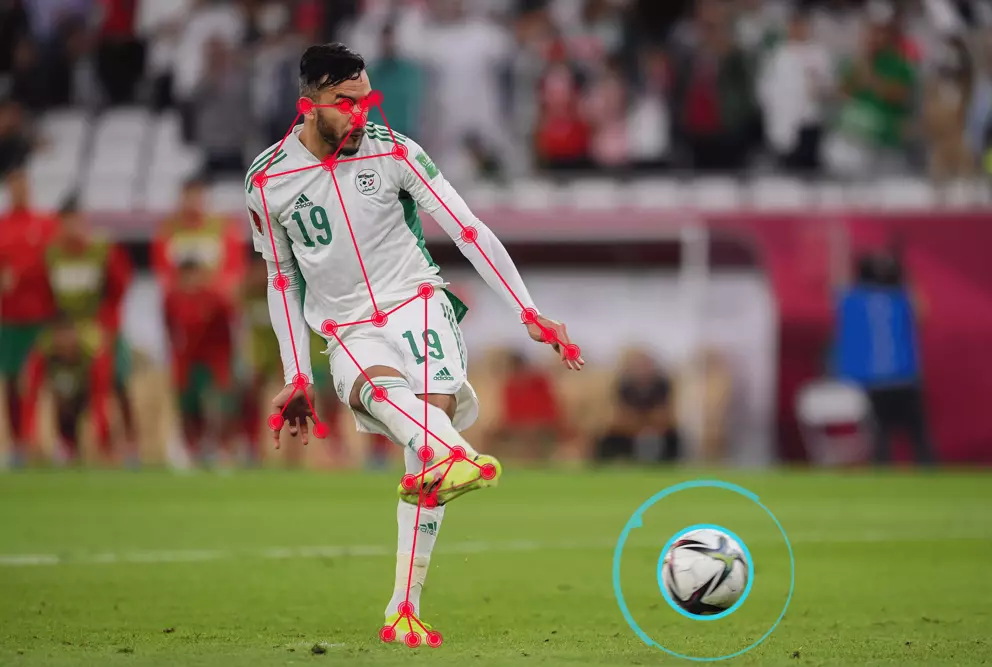
The combination of these two and applying artificial intelligence, the new technology provides an automated offside alert to the video match officials inside the video operation room whenever the ball is received by an attacker who was in an offside position at the moment the ball was played by a team-mate.
Before informing the on-field referee, the video match officials validate the proposed decision by manually checking the automatically selected kick point and the automatically created offside line, which is based on the calculated positions of the player’s limbs. This process happens within a few seconds and means that offside decisions can be made faster and more accurately.
FIFA calls it as “semi-automated offside technology”.
Real-Time Example on Portugal vs Uruguay Match
On Monday, during Portugal’s clash with Uruguay, Portuguese forward Bruno Fernandes gracefully crossed the ball into the opposition penalty area, where Cristiano Ronaldo eagerly leapt to head it into the back of the net, putting his side up 1-0.
Or at least it appeared that way. Adidas confirmed that readings from the ball’s IMU sensor indicated that Ronaldo had not actually touched the ball, but had merely distracted the goalkeeper. After the goal was initially given to Ronaldo, the broadcast later credited it to Fernandes. Of course, some fans still insist it was Ronaldo’s goal.
Related Posts
And this apparently only scratches the surface of what this kind of ball technology can do. Unparalleled amounts of data will soon be able to be collected from every dribble, pass, or shot, which will monumentally shift how analysts examine the game. On the broadcast end of things, more visualizations, real-time overlaid data, and maybe even highlighting the ball to make it easier to see for the visually impaired.
For more interesting technology and innovative detailing, keep reading The Inner Detail.
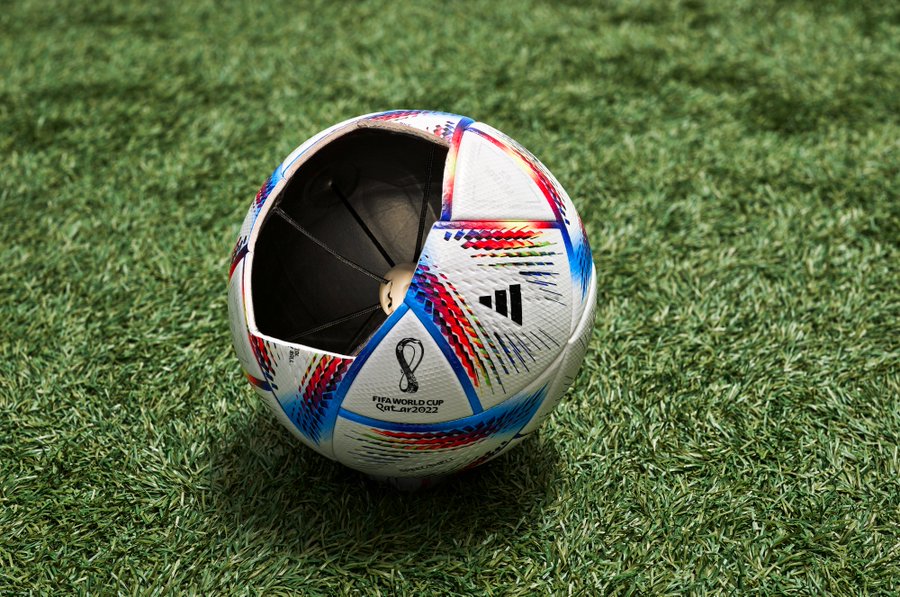

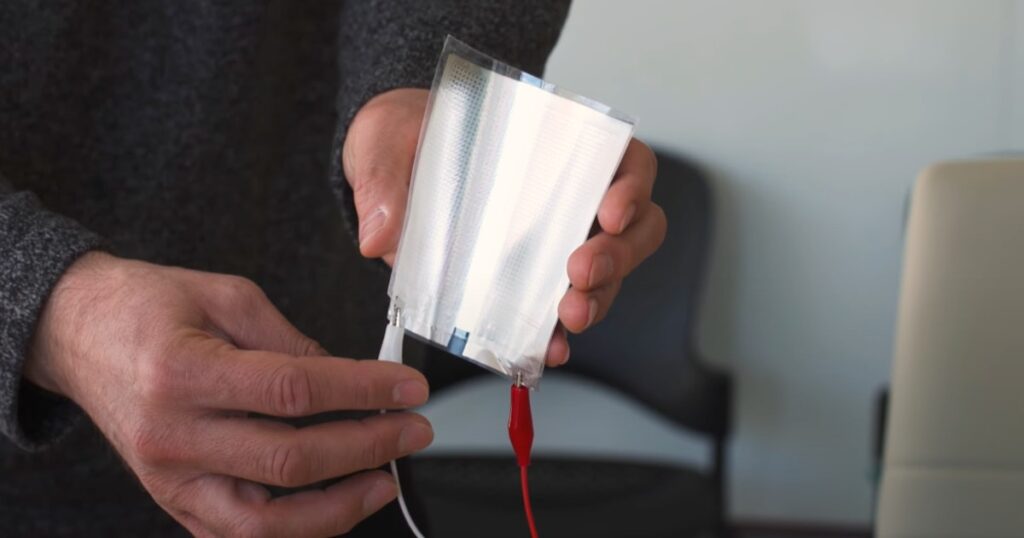
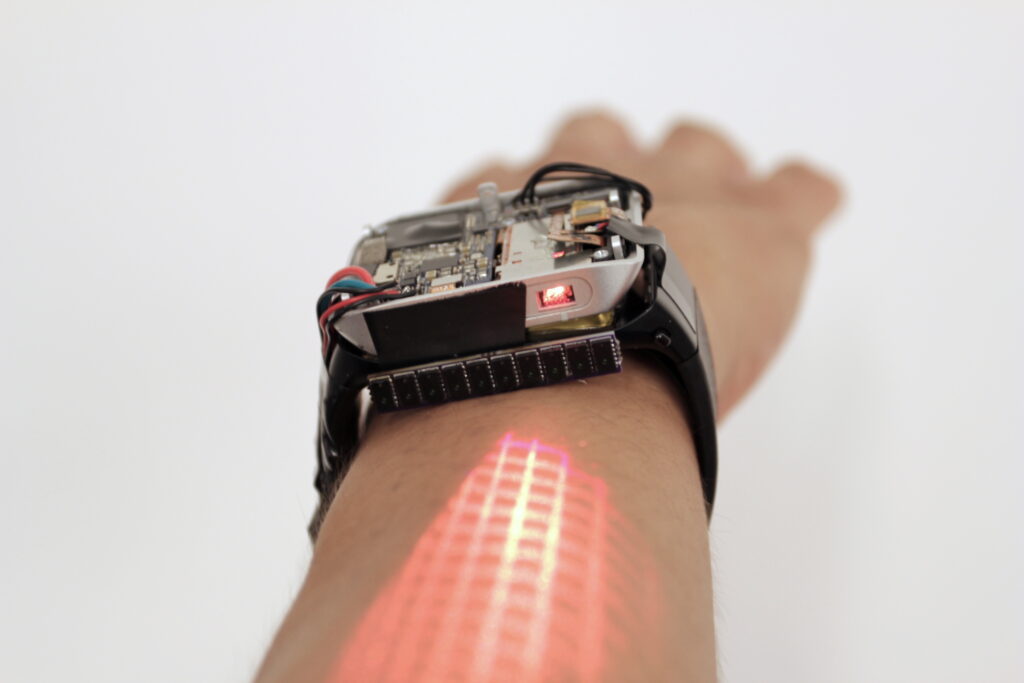

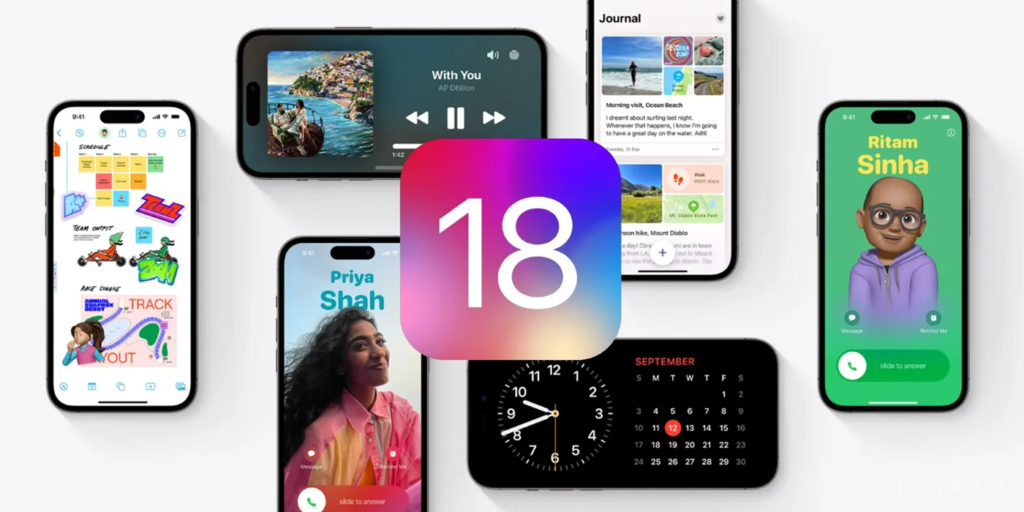


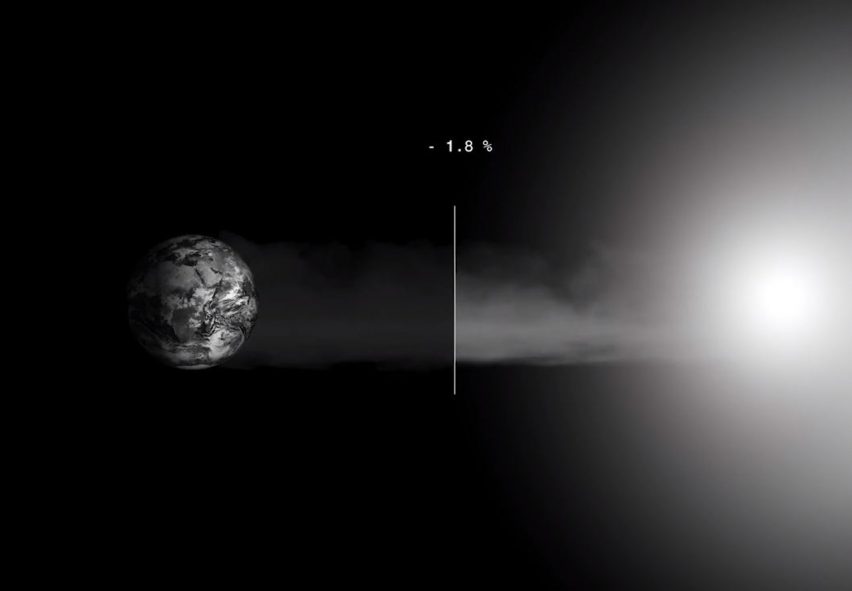
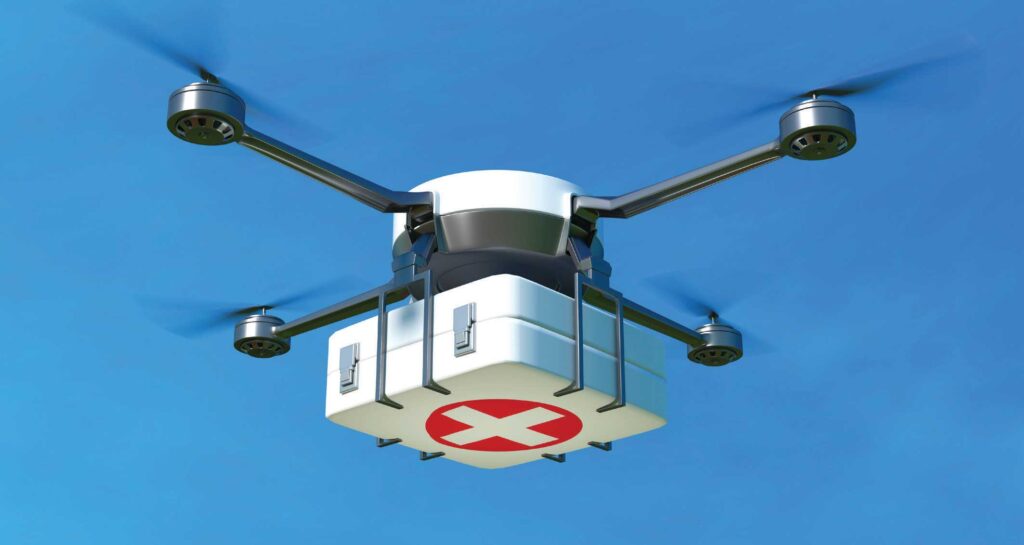


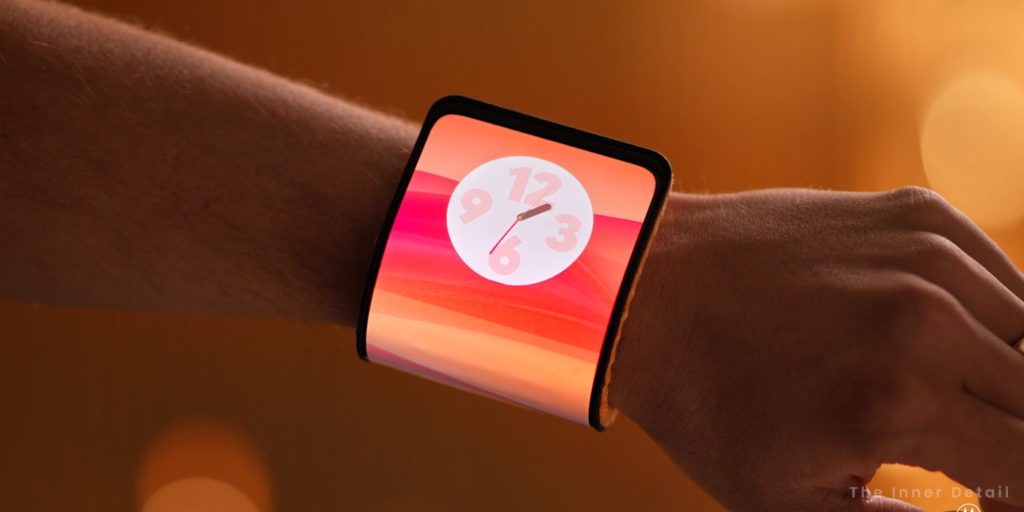

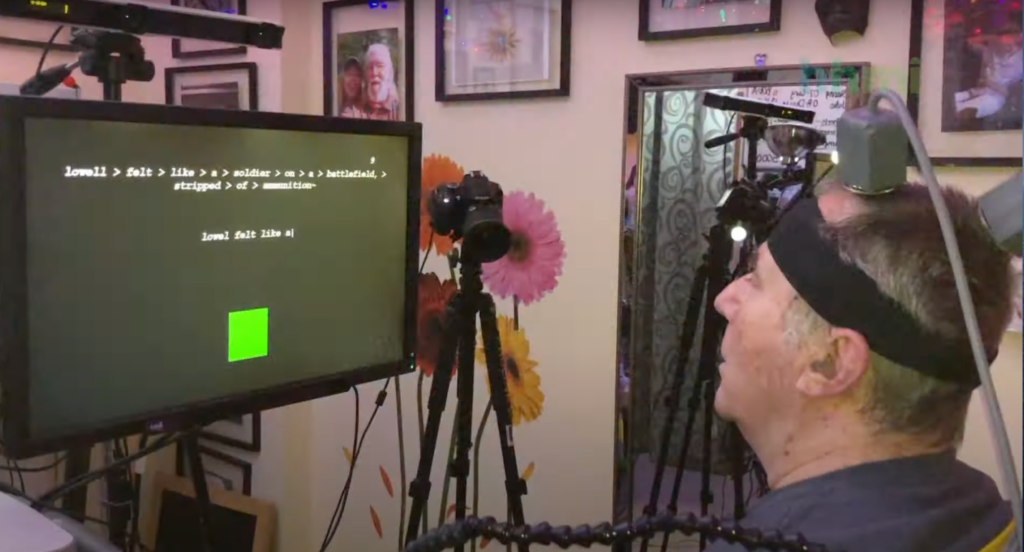

Pingback: 10 NASA Inventions that We Use in our Daily Lives